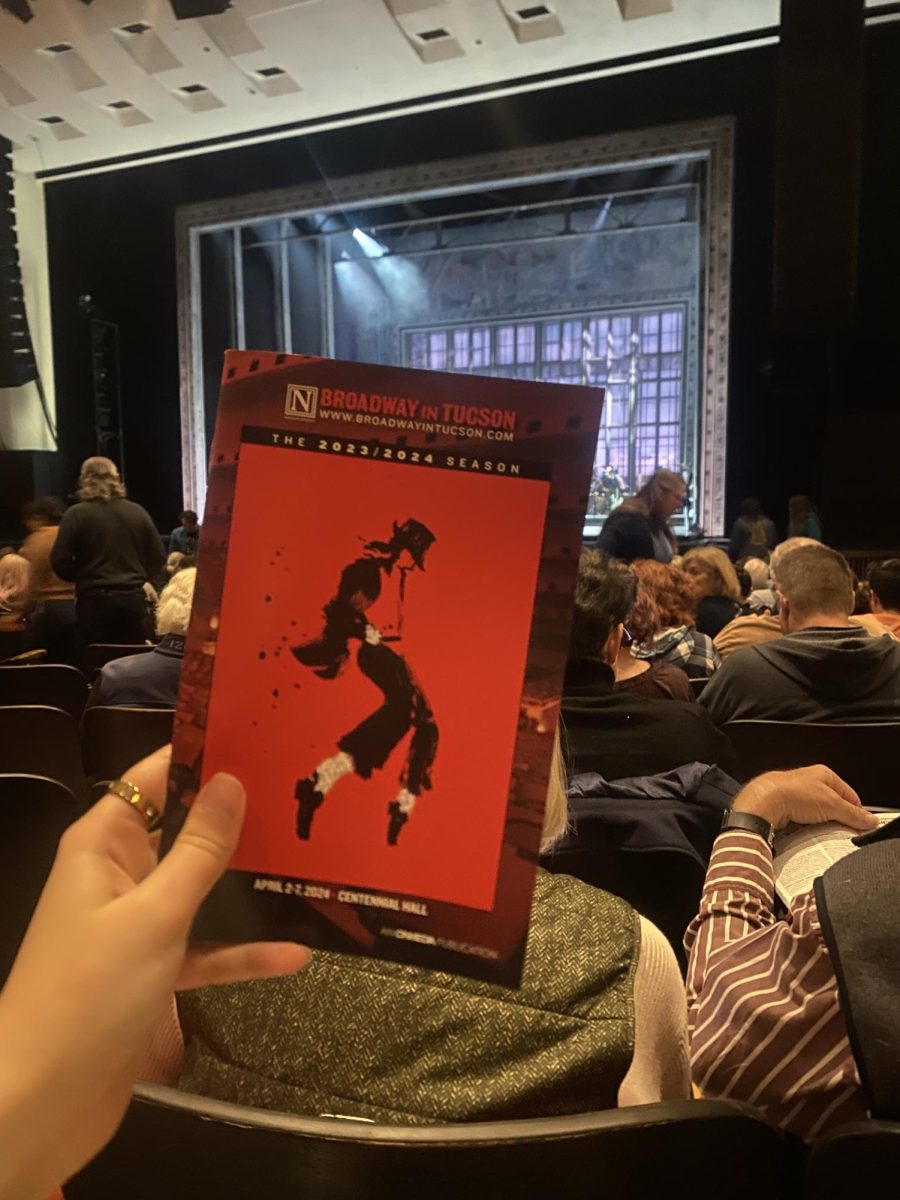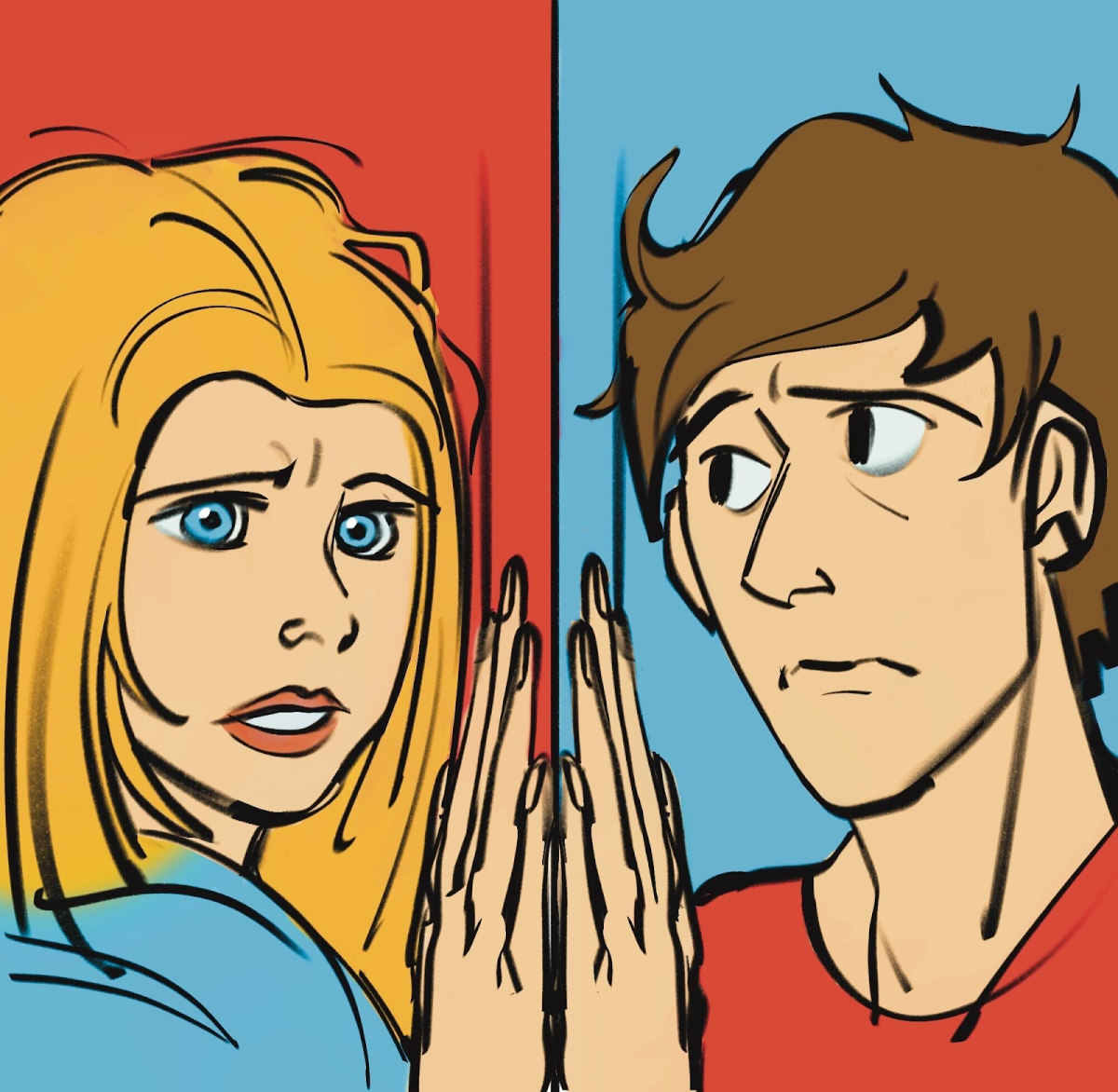In January, I began to see news of a virus in Wuhan, China, circulating the internet. By now, we have all been affected by it, but back then, I remember too many people brushed it off as another distant disaster. At the time, I was reading Thucydides’ recount of the plague of Athens for a class. Thucydides told a familiar tale: a city’s dissent, wild theories of where the plague originated, how those who cared for the sick were quickly dying, mass graves and the crippling isolation and loneliness of the diseased in their final hours.
It seemed familiar. Prophetic, even. I attribute that to history repeating itself again and again.
Thucydides attempted to record a history of the plague of Athens and, in fewer words and with more reputable sources, I attempt to do that here. I started a journal in my isolation, and it occurred to me that I couldn’t possibly record it properly and comprehensively. But, in sum:
On January 30, just 30 days after the initial report of a new illness in Wuhan, China, the World Health Organization declared COVID-19 a Public Health Emergency of International Concern.
The U.S. was suddenly realizing this might be serious. Tucson, as far from the disaster as we seemed at the time, felt the fear of the pandemic so strongly that the Tucson Festival of Books was canceled on March 9. The Daily Wildcat, and my desk, the Arts & Life desk, in particular, suddenly found ourselves with days of nearly wasted content. At the time, Arizona only had six confirmed cases of COVID-19, according to the Arizona Daily Star.
On March 11, WHO assessed that COVID-19 was officially a pandemic.
I think March 11 is the day the world went mad.
The escalation was swift. University of Arizona President Dr. Robert C. Robbins sent the first of many coronavirus related emails on March 11, delaying the start classes to after spring break. We were rather sure it was never just an extension of break. We wouldn’t be coming back.
Within a week, stores were out of stock. I visited three different supermarkets on the outskirts of town to pick up the usual grocery list: toilet paper, frozen vegetables, body wash, etc. The shelves were cleared. At 9 p.m., I felt like I was walking through society’s remains, pacing empty, darkened aisles in search of supplies to support basic needs.
I began social distancing on March 12.
On March 13, President Robbins stated in an email that classes would resume on March 18 in a fully online capacity. For the educator and the pupil, what happened in the coming weeks is something that can only be told by the individual. Professors raced to rewrite their syllabuses. Students struggled to meet their educational requirements. Later, petitions for tuition refunds and pass/fail grade options founded by the likes of UA junior Sterling Stokes — who published a guest letter to the Daily Wildcat on March 20 — would bring to light just how gravely a pandemic devastates education.
More event cancellations trickled in around the time that the Centers for Disease control recommended limiting mass gatherings, March 15. As an event worker, my mom struggled to find work, then couldn’t find it at all.
RELATED: UA Financial Sustainability Emergency Response Taskforce implemented in response to COVID-19
The world seemed to pass out of control after that. On March 31, Arizona Gov. Doug Ducey instituted an executive stay home order for the state.
I started a journal that day. Reading it over, I realize there’s so much that happened in only 20 pages that it would be impossible to compile a comprehensive experience for others to read and relate to. People were losing their jobs, people were dying, people I knew were actually getting sick. By that point, the UA already had its fair share of cases among students.
So, where do we stand now?
As of May 9, the total death toll so far is over 275,000 worldwide. In Arizona alone, 532 deaths have been attributed to COVID-19, according to the Arizona Department of Health Services. The total number of Arizona cases is 10,960. There is likely severe undercoverage due to lack of testing on all accounts.
According to Forbes, on April 24, the IRS distributed $157.9 billion in stimulus checks to the American people. By May 9, that statistic jumped to $216.7 billion, and the IRS communicated that $33 billion is still in process. According to CNBC, the U.S. unemployment rate is up to 14.7%, 2.5 million jobs having been lost in April. The “real” unemployment rate, which includes those not searching for jobs, as CNBC reports, is likely 22.8%.
For reference, in 1933, during the Great Depression, the unemployment rate was 24.9%.
Here at the UA, commencement is just around the corner and not a soul will be present for it. There are too many variables in this situation to accurately predict how the next year will pan out, especially for our seniors entering the workforce.
RELATED: COVID-19 death rate potentially lower, disproportionately affects minority groups
There are so many petrifying questions to be answered in future narratives of this year.
Exactly how deep is the toll taken on education and how will it affect education for the next decade? How will this year’s and future graduates handle entering the worst job market since the Great Depression? Will the U.S. be able to curve the spread of this disease enough that we don’t repeat the mistakes we made with the Spanish Flu and spur a second wave in the coming months?
But there are other questions to be answered. We speak so much of the pandemic’s destruction. When the Greeks called sickness a miasma, perhaps it was not only the stench of the dead they referred to, but the influence it had on society. How it grossly permeated like a dense fog through the walls of homes, temples and the steps of the Senate. How it changed people through death and perseverance. How, in dealing with a plague’s decimation, creation closely followed.
There will be many more narratives of this pandemic in the coming years. Articles, opinions, studies, autobiographies, histories and modern science fiction to be analyzed in future classes. Disaster sparks creativity in a way nothing else can.
Telling this story is not fear mongering, as many people on the internet like to claim. Rather, it’s a way of dealing with fears that were already latent within us. Recounting what has happened is the only way to make sense of it.
And maybe, in another 100 years, when a new, formidable pandemic arises, people will read what happened in the year 2020. After our long history of handling pandemics poorly, maybe future generations will have learned.
Follow the Daily Wildcat on Twitter















